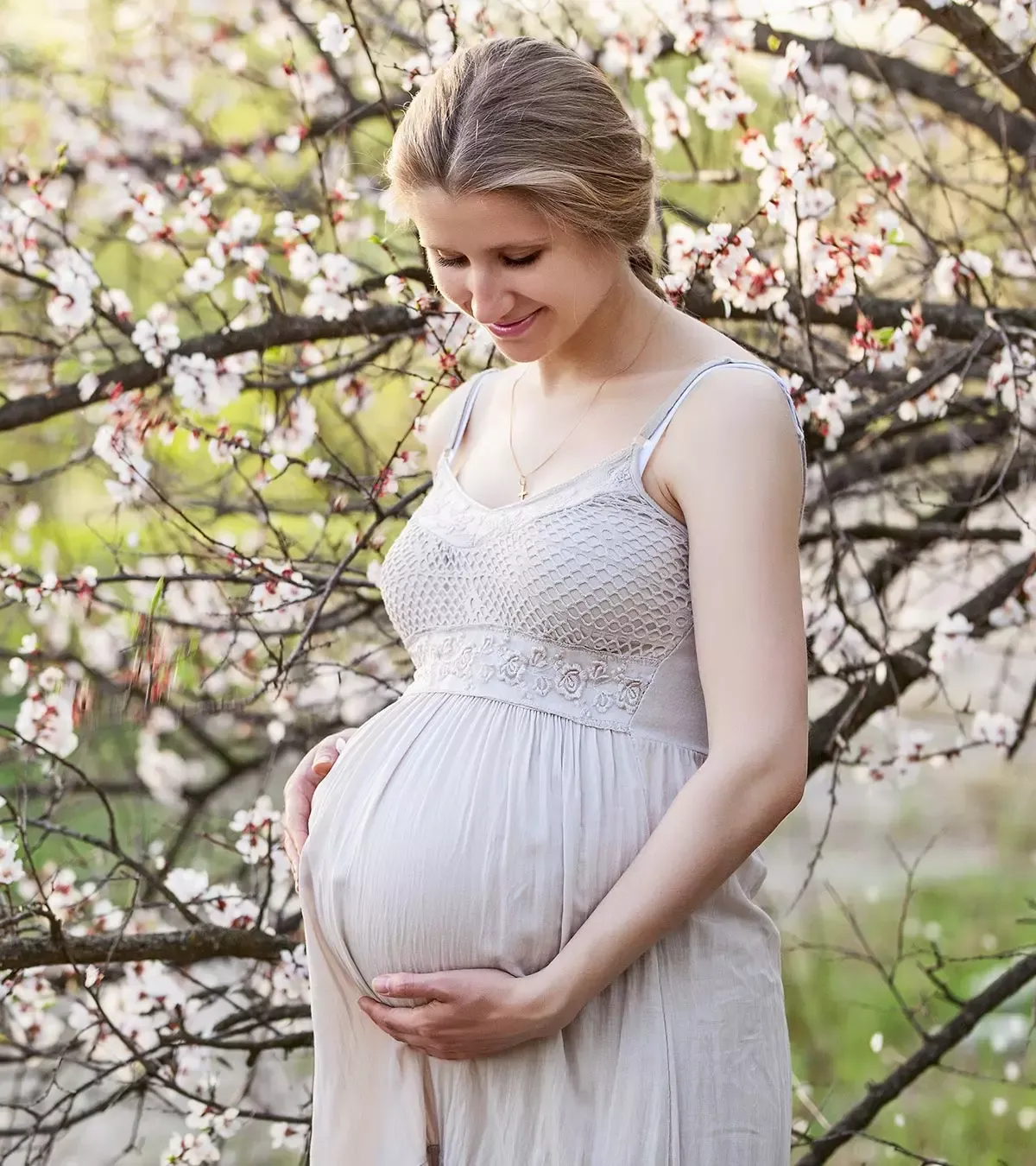Egg collection is a pivotal step in the in vitro fertilization (IVF) process, playing a crucial role in helping couples achieve their dreams of parenthood. This procedure involves retrieving mature eggs from a woman’s ovaries, which are then fertilized with sperm in a laboratory setting.
The Process of Egg Collection
The process begins with ovarian stimulation, where hormones are administered to encourage the ovaries to produce multiple eggs rather than the single egg that typically matures each cycle. Monitoring through ultrasounds and blood tests is essential during this stage to ensure optimal egg development.
When the eggs are ready for retrieval, a minor surgical procedure is performed, typically under sedation. A thin needle is guided through the vaginal wall and into the ovaries using ultrasound guidance. This needle extracts the mature eggs and is a relatively quick process, lasting about 20-30 minutes. After collection, the eggs are evaluated for maturity and quality.
Emotional and Physical Considerations
It’s essential to understand that while egg collection is a routine part of IVF, it can be emotionally and physically taxing for the individual undergoing the procedure. Support from partners and professionals is crucial to navigate the complexities involved. For a deeper dive into the emotional aspects of fertility treatments, be sure to check out one of our other blog posts.
Exploring Home Insemination
For those considering home insemination, the right tools can make a significant difference. You might want to explore this link for some of the best fertility tools available to assist in conception.
Additionally, if you seek further insights into fertility, this resource serves as an excellent source for pregnancy and home insemination topics.
Conclusion
In summary, egg collection is a critical component of the IVF journey, requiring careful planning and emotional support. Understanding the process can help individuals feel more prepared and informed as they navigate their fertility journey.
